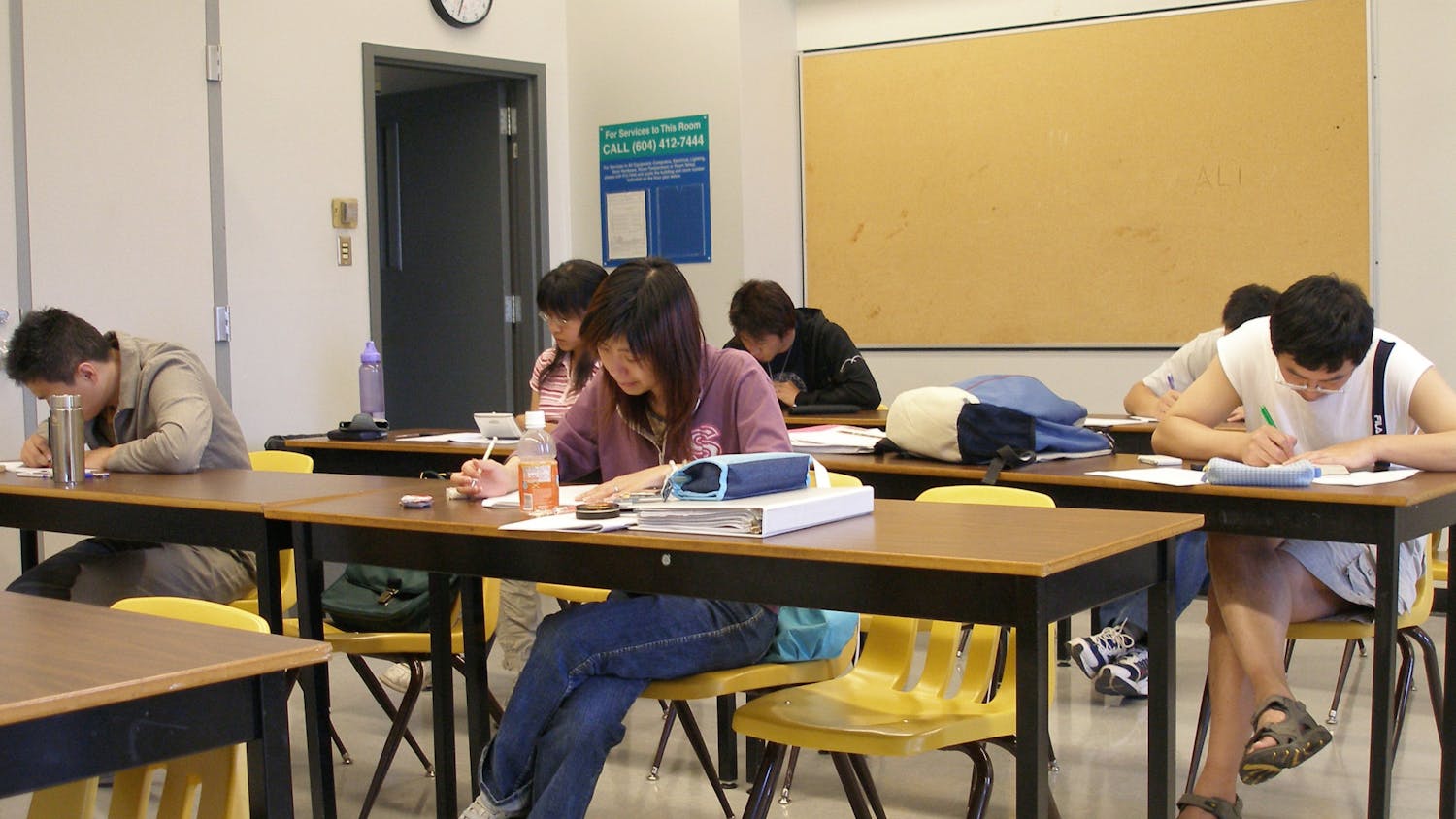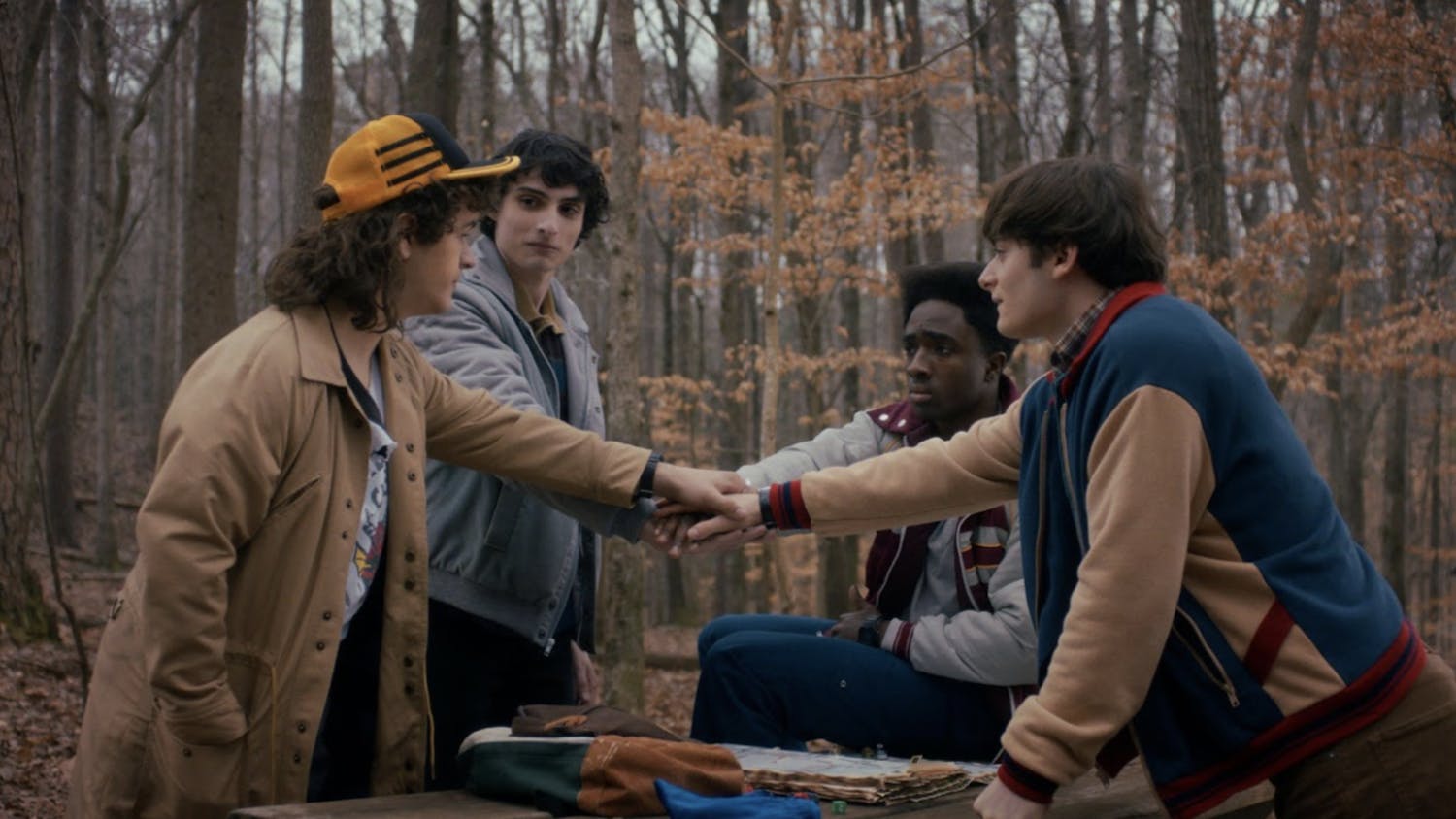By Nancy Bowne
I took an Intro to Linguistics course during the spring 2020 semester. As part of our final grade, our professor organized the class into groups for our “mandatory fourth hour lab study period.” I remember thinking it was silly and unnecessary. Besides, I had always preferred to study alone and did not think a study group would just result in a ranting circle of procrastination.
While it did still have some of those elements, I began to actually appreciate this designated hour to work on the class and discuss the material with the group of other students. We reflected on classes and content we might have felt alone in misunderstanding, affirmed different due dates and requirements for phonemic translations and discussed reports about places of articulation for vowel sounds.

When the College went remote in mid-March, my linguistics group joked about still conferencing via Google Meets. But we actually did continue. Even if it was no longer a mandatory grade it became a support group during an uncertain time when academics might have felt irrelevant, and a distraction to some big questions and issues in the real world.
I only knew maybe a handful of people in my classes at the beginning of the semester. Most of my classes usually have 20 to 30 people. But if I started my linguistics course online at the beginning of the semester, I knew I would have felt confused and isolated with some of the content. In the classroom, I was able to process the teaching style, how the professor graded assignments and had the ease to ask questions.
More universities across the United States are now in the stalemate of reconsidering their hybrid schedules for the upcoming spring 2021 semester. While professors and students are navigating lockdown browser tabs for exams, raising hands for questions and figuring out the pace of everyone’s learning styles, we need to recognize that crafting classroom interactions and relationships were not as simple as the last semester.
I occasionally look around the screen of my Zoom class, wondering how the other students feel about the content, how they’re taking notes and so forth. We especially need to work on professor-and-student interactions as well as creating interactive classrooms. While we cannot capture authentic side-conversations you might have with your desk neighbors or hallway walks to class, we still need to understand that this dynamic is a necessary aspect of a class.
If you are looking around the Zoom screen and wish you could get to know people, then do it! Maybe start casual conversation right before class as everyone lingers in. Reaching out to people via Instagram is also a great way to connect and share questions about homework assignments and deadlines.
Professors have also been utilizing Zoom breakout rooms for discussions. While these might seem awkward at first, embrace the time to freely discuss the assignment and class. Everyone is socially deprived and these little interactions can actually set a good tone for the class that can last for the rest of the day. Professors have also described virtual office hours as more approachable and convenient for themselves and students, so maybe try checking into those.
If binge-watching “Community” on Netflix has taught me anything during quarantine, we need a safe social net where we can bounce ideas off of each other. I’ve always preferred solo work, but I now recognize that we can take our classmates and companionship for granted. While it might stem from humanity’s desire for competition, sharing understanding and grades is actually a crucial part of “checking in” and setting a reality check for the class.
We shouldn’t fret on salvaging the old normal, but rather adapting to the reality of the circumstances and address issues of isolation in remote learning and content. These mundane interactions could still be cherished as a glimpse into how we can still feel connected to a campus, and most importantly, its people. To be honest, sometimes I forget I go to college. But when I can joke around about the “Roscoe is Watching” memes with peers who I’ve never met before, the world becomes a friendlier place and I know there is still a sense of community to be found.







